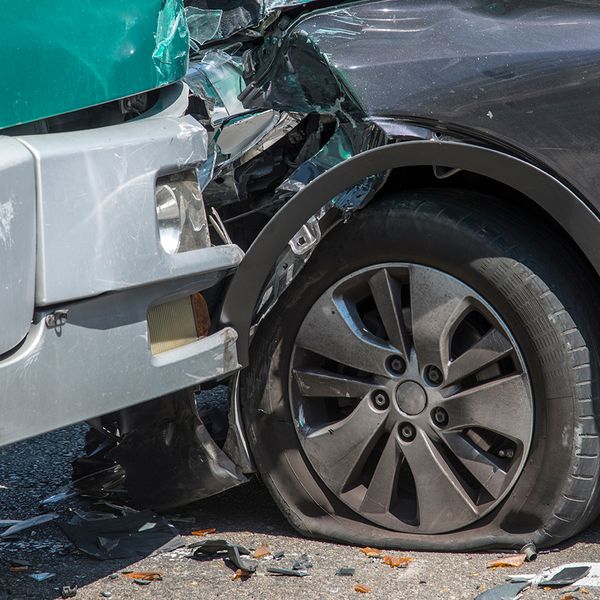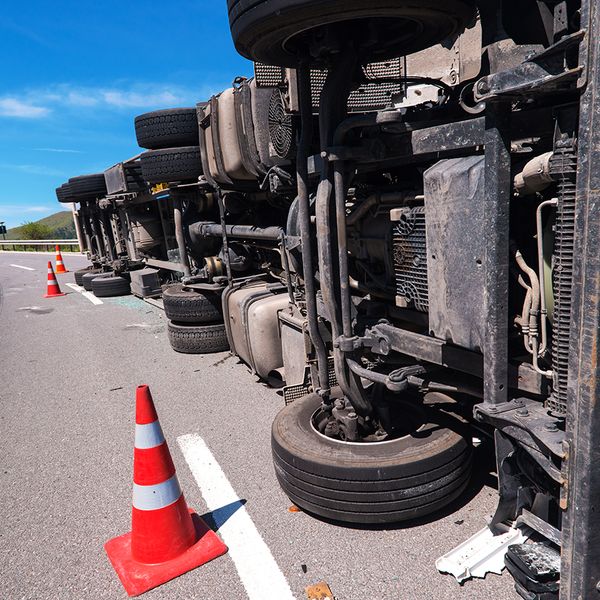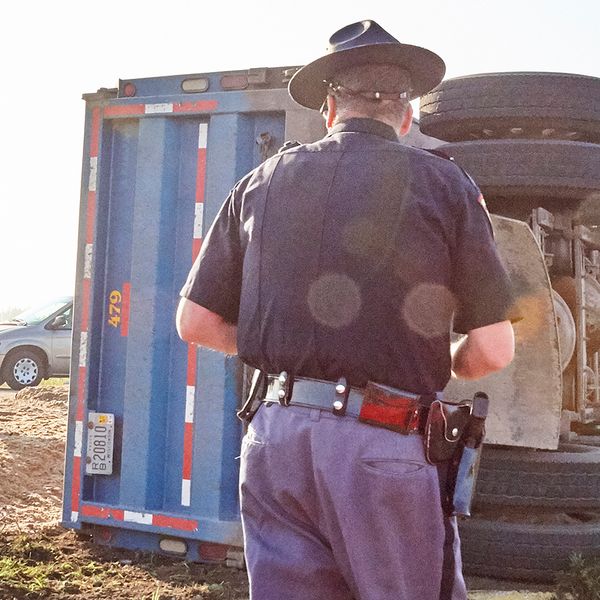FMCSA launches new crash preventability program
Motor carriers and drivers can now challenge the preventability of certain crashes with the relaunch of the Federal Motor Carrier Safety Administration’s (FMCSA) Crash Preventability Determination Program.
The crash preventability program, which began in July 2017 as a pilot program, went on hiatus in late 2019 as the FMCSA determined what the permanent program should look like.
How the program works
The FMCSA has identified several crash types as non-preventable. Commercial motor vehicle crashes meeting the criteria, occurring on or after August 1, 2019, are eligible for consideration under the relaunched program.
Motor carriers and drivers must use the online DataQs system to argue that their crash was not preventable.
If a crash is deemed non-preventable, the FMCSA will:
- Remove the crash from the carrier’s “crash indictor” score in the Compliance, Safety, Accountability (CSA) system, reducing the chance the carrier will be targeted with enforcement action.
- Add a note to the Pre-Employment Screening Program (PSP) to indicate that the crash was not preventable, reducing the odds that the driver involved would not be hired due to his or her crash history.
Qualifying crashes
How do you know if your crash is eligible for consideration? The FMCSA has provided a list of scenarios that are defined as non-preventable.
A crash is eligible if a commercial motor vehicle:
- Was struck in the rear
- Was struck on the side at the rear
- Was struck by a motorist driving in the wrong direction, or was struck by another motorist in a crash when a driver was operating in the wrong direction (e.g., a car being driven in the wrong direction strikes another car that then hits a commercial vehicle)
- Was struck by a vehicle that was making a U-turn or illegal turn
- Was legally stopped at a traffic control device (e.g., stop sign, red light, or yield), or was parked, including while the vehicle was unattended
- Was struck by a vehicle that did not stop or slow in traffic
- Was struck by a vehicle that failed to stop at a traffic control device
- Was struck by an individual under the influence (or related violation, such as operating while intoxicated), according to the legal standard of the jurisdiction where the crash occurred, or was struck by another motorist who was involved in such a crash
- Was struck by a driver who experienced a medical issue which contributed to the crash
- Was struck by a driver who admitted falling asleep or being distracted (e.g., by a cell-phone, GPS, passengers, etc.)
- Was struck by cargo, equipment, or debris (e.g., fallen rocks, fallen trees, unidentifiable items in the road), or the crash was a result of an infrastructure failure
- Struck an animal
- Struck an individual committing or attempting to commit suicide
- Was involved in a crash type that seldom occurs and does not meet another eligible crash type (e.g., being struck by an airplane or skydiver or being struck by a deceased driver)



















































